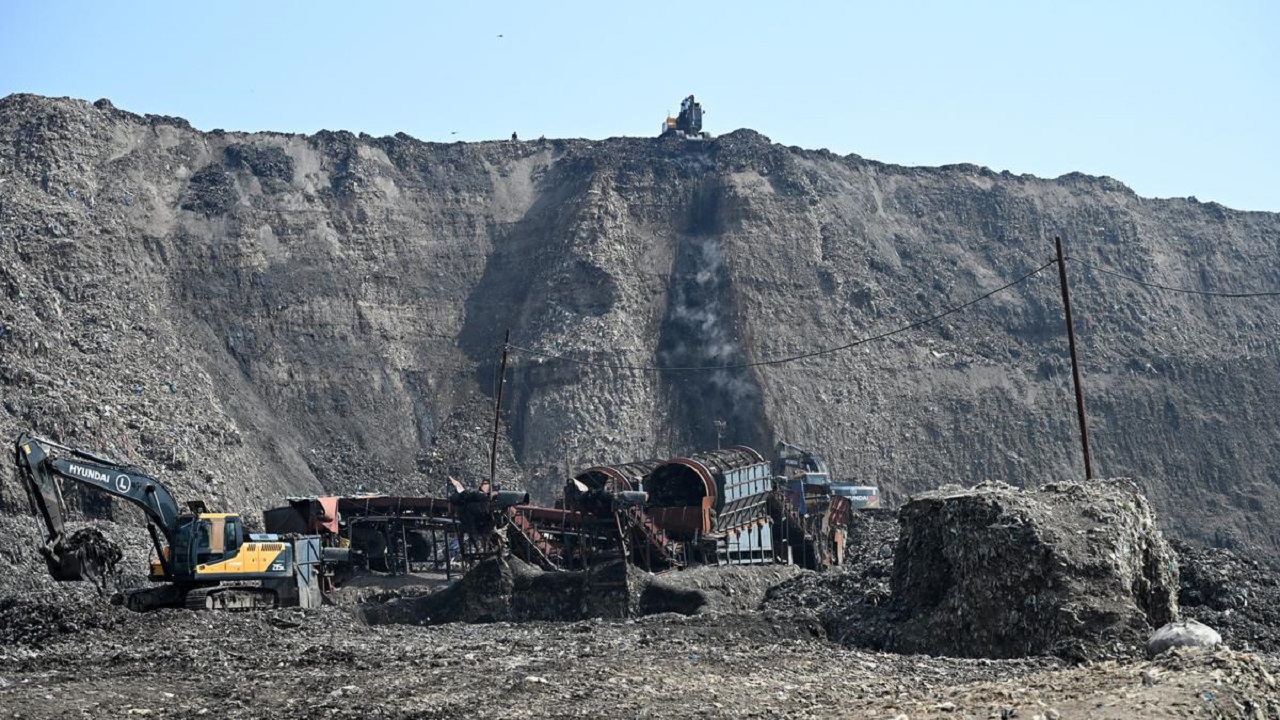Contaminated Sites Management Rules, 2025: A Framework for Environmental Restoration
Context
Recently, the Ministry of Environment, Forest and Climate Change (MoEFCC) notified the Environment Protection (Management of Contaminated Sites) Rules, 2025 under the Environment Protection Act, 1986. These rules aim to establish a clear process for identifying, assessing, and remediating chemically contaminated sites across the country.
Introduction
Contaminated sites are areas where hazardous and other wastes have been historically dumped, leading to the pollution of soil, groundwater, and surface water. Such sites pose a significant risk to human health and the environment. The newly notified rules mark the first comprehensive legal framework for managing such sites in India.
What are Contaminated Sites?
-
Definition: As per the Central Pollution Control Board (CPCB), contaminated sites are locations where hazardous and other wastes were historically disposed of.
-
Effects: Likely to result in soil, groundwater, and surface water contamination, causing harm to both humans and the ecosystem.
-
Causes:
-
Developed during periods with no regulations on hazardous waste management.
-
In some cases, the polluters have shut operations or lack resources for clean-up.
-
-
Types: Landfills, waste dumps, waste storage/treatment facilities, spill-sites, and chemical waste handling/storage locations.
-
Number of Sites: 103 sites identified nationwide; remediation initiated at only 7 sites.
Background of the Rules
-
In 2010, the Environment Ministry launched the Capacity Building Program for Industrial Pollution Management Project to create a National Program for Remediation of Polluted Sites.
-
The program had three main objectives:
-
Inventory creation – Listing probable contaminated sites.
-
Guidance document – Standard procedures for assessment and remediation.
-
Framework development – Establishing a legal, institutional, and financial framework.
-
-
While the first two were implemented, the legal codification was pending until the 2025 Rules, notified on July 25.
Key Provisions of the New Rules
-
Reporting: District administrations will prepare half-yearly reports on suspected contaminated sites.
-
Preliminary Assessment: State boards or designated agencies must submit an initial assessment within 90 days.
-
Detailed Survey: Conducted within the next 3 months to confirm contamination levels for 189 hazardous chemicals listed under the Hazardous and Other Wastes Rules, 2016.
-
Public Notification & Restrictions: If unsafe levels are detected, the site location will be made public and access restricted.
-
Remediation Plan: Expert bodies will prepare and recommend a clean-up strategy.
-
Identification of Violators: State boards have 90 days to identify those responsible.
-
Liability: Responsible parties must bear the full clean-up cost; otherwise, the Centre and State will fund remediation.
-
Legal Action: Loss of life or damage due to contamination can attract criminal liability under the Bharatiya Nyaya Sanhita (2023).
Exemptions and Gaps
-
Exemptions: Rules do not apply to contamination from:
-
Radioactive waste
-
Mining operations
-
Marine oil pollution
-
Solid waste from dump sites
-
-
Gap: No fixed timeline is prescribed for restoring contaminated sites after identification.
Addressing Chemically Contaminated Sites
-
Conversion of brownfield sites—abandoned or underutilised land with industrial/commercial history—into safe, usable areas through remediation and redevelopment.
-
Adoption of cost-effective clean-up technologies.
-
Strengthening polluter-pays principle enforcement to ensure accountability.
Conclusion
The Environment Protection (Management of Contaminated Sites) Rules, 2025 represent a critical step in India’s environmental governance, filling a long-standing legal gap. However, effective implementation, adequate funding, technological capacity, and strict enforcement of timelines will be essential for restoring contaminated sites and safeguarding public health and the environment.

.jpg)

.jpg)
Comments (0)